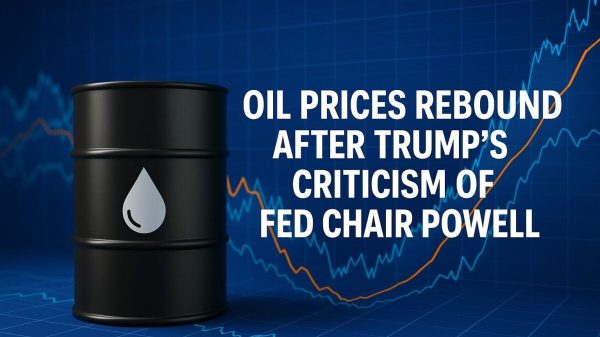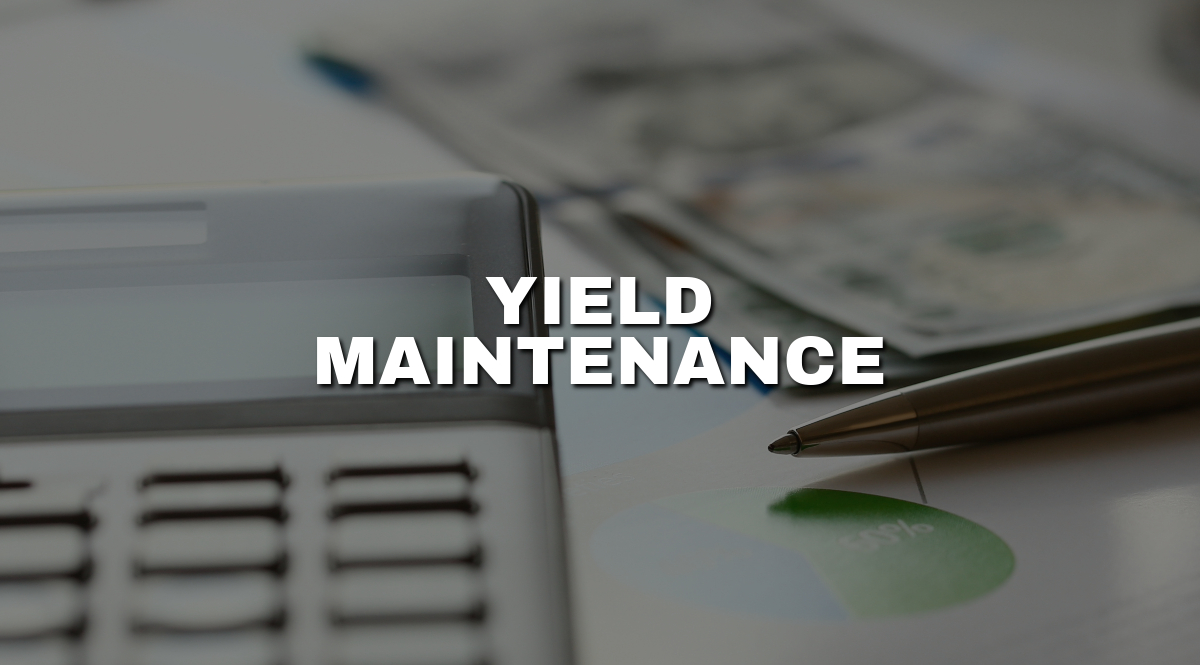Yield Maintenance: Formula and Practical Application
Yield maintenance is a concept often encountered in the world of commercial loans, particularly in real estate financing.
It’s a type of prepayment penalty that borrowers pay to lenders when they decide to pay off a loan before its maturity date. The essence is to ensure that the lender retains the same yield as if the borrower had made all scheduled interest payments until the loan’s maturity.
Key Takeaways
Yield maintenance is a prepayment penalty in commercial loans, especially in real estate financing.
It ensures the lender receives the same yield as if all scheduled interest payments were made until the loan’s maturity.
This penalty usually applies when interest rates drop and borrowers want to refinance their loan at a lower rate.
Yield maintenance compensates the lender for lost interest income when a borrower repays a loan early.
Unlike other prepayment strategies like defeasance, yield directly involves paying the difference in interest.
Yield clauses ensure that lenders still receive an amount equivalent to the anticipated interest, even if the loan is paid off early.
The formula involves calculating the present value of remaining loan payments and then applying the difference between the loan’s interest rate and the Treasury yield.
The formula includes the present value of remaining payments, the original loan interest rate, and the Treasury yield matching the remaining loan term.
Understanding Yield Maintenance
This prepayment penalty comes into play primarily in scenarios where interest rates have dropped, and the borrower finds it beneficial to refinance their loan at a lower rate.
This early loan repayment can impact the lender, who was expecting a certain return based on the original loan terms. Yield maintenance compensates the lender for this lost interest income.
This concept differs from other prepayment strategies, such as defeasance. While both methods aim to protect the lender from losing interest income, yield maintenance directly involves paying the difference in interest, whereas defeasance typically involves replacing the loan with other securities.
The Role in Real Estate and Commercial Loans
In real estate and commercial loans, yield maintenance clauses are common. For example, consider a borrower paying off a $1.2 million bank loan for a property investment earlier than planned. The yield clause ensures that the bank still receives an amount equivalent to what it would have earned in interest.
How to Calculate Yield Maintenance
The formula for yield can appear complex, but it essentially breaks down future interest payments into their present value. Here’s a simplified breakdown of the yield maintenance formula:
Yield Maintenance = Present Value of Remaining Loan Payments x (Interest Rate – Treasury Yield)
Breaking Down the Formula
Present Value of Remaining Loan Payments: This is the total value of all remaining payments on the mortgage, adjusted for the current time. It considers the principal balance and the interest rates.
Interest Rate: The original interest rate of the loan.
Treasury Yield: The yield on a Treasury security that matches the remaining term of the loan.
If Treasury yields increase over time, the lender could profit by approving the early loan repayment and investing the amount in high-paying bonds or lending you money at a higher rate. In this case, there isn’t yield loss to the lender. But you will still be charged a penalty on the main balance.
Using a Yield Maintenance Calculator
For those who are not finance professionals, using a yield maintenance calculator can simplify this process. You input the remaining balance, the current interest rate, the treasury yield, and the remaining term of the loan to get the yield amount.
For example:
Let’s consider an example for clarity. Assume a borrower has a remaining loan balance of $1 million on a property with an interest rate of 5% and 5 years left until the loan’s maturity. If the current 5-year Treasury yield is 3%, the yield maintenance would be calculated as follows:
Calculate the present value of the remaining loan payments.
Apply the yield maintenance formula: Present Value x (5% – 3%).
The result gives the borrower the amount they would need to pay to the lender in addition to the remaining principal balance to compensate for the early loan payoff.
Conclusion
Yield maintenance serves as a safeguard for lenders against the loss of interest income due to early loan payoff, especially in the context of falling interest rates.
Understanding this concept is crucial for borrowers and investors in the real estate and commercial loan markets. It highlights the importance of considering all financial implications before deciding to refinance or pay off a loan early.
While the formula might seem daunting, yield maintenance calculators are available to simplify the process, ensuring that both borrowers and lenders can make informed financial decisions.
The post Yield Maintenance: Formula and Practical Application appeared first on FinanceBrokerage.


































